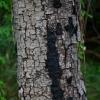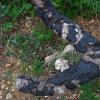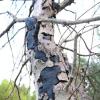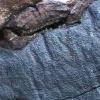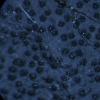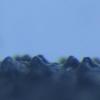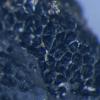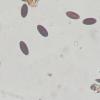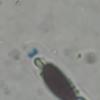
30-11-2025 12:53
 Edvin Johannesen
Edvin Johannesen
White short-stipitate apothecia found on thin twig

30-11-2025 10:47
 William Slosse
William Slosse
I recently found a collection of small Peziza sp.

27-11-2025 12:01
Thomas Læssøehttps://svampe.databasen.org/observations/10496727

27-11-2025 11:46
Thomas Læssøehttps://svampe.databasen.org/observations/10493918

17-09-2025 10:50
Heather MerryleesHi there!I am hoping for any advice on the identif

29-11-2025 08:40
 Andreas Millinger
Andreas Millinger
Hello,on a splintered part of a branch on the grou

28-11-2025 16:45
Nogueira HéctorNovember 23, 2025 Requejo de Sanabria (León) SPAI

25-11-2025 14:24
Thomas Læssøehttps://svampe.databasen.org/observations/10490522

27-11-2025 15:41
Thomas LæssøeSpores brownish, typically 4-celled; 26.8 x 2.4;

27-11-2025 11:31
Thomas LæssøeCollectors notes: Immersed ascomata, erumpent thro
Biscogniauxia sp.
Zetti Mario,
06-11-2023 22:44
I have not collected a specimen, but I can if revisit and collect, nonetheless the cross section of the stroma reveals some data that might be helpful
So to conclude I assume this is a Biscogniauxia sp. and wonder if from the photos we can determine the species - maybe Biscogniauxia mediterranea ?
Tnx
Enrique Rubio,
07-11-2023 11:37
Re : Biscogniauxia sp.
Hi Mario
More than likely, but it would be better to know what the spores look like or at least to be able to see the typical pyramidal neck of the perithecia.
More than likely, but it would be better to know what the spores look like or at least to be able to see the typical pyramidal neck of the perithecia.
Zetti Mario,
07-11-2023 21:27
Re : Biscogniauxia sp.
Will do and try to determine the tree if possible. Thanks !
Cheers
Cheers
Zetti Mario,
12-11-2023 19:05
Re : Biscogniauxia sp.
Hello, so I have worked a bit more on this carbonaceous fungus.
The host was Quercus ilex
The ostiole is surrounded by a pyramidal projection, like a volcano
The Peritheca a single layer of cylindrical structures, 0.8mm long, 0.2um wide, pentagonal cross-section, sitting on a thin black layer about 50-80um thick
The spores elliptical about 15-19 um long with a longitudinal pale central band.
(14.7) 15.3 - 18.3 (19.3) × (6.4) 7.1 - 8.1 (8.4) µm
IK+, the rim stains like a broad U shape hence haveing a bowl-shaped
I think we can conclude and confirm B. mediterranea
The host was Quercus ilex
The ostiole is surrounded by a pyramidal projection, like a volcano
The Peritheca a single layer of cylindrical structures, 0.8mm long, 0.2um wide, pentagonal cross-section, sitting on a thin black layer about 50-80um thick
The spores elliptical about 15-19 um long with a longitudinal pale central band.
(14.7) 15.3 - 18.3 (19.3) × (6.4) 7.1 - 8.1 (8.4) µm
IK+, the rim stains like a broad U shape hence haveing a bowl-shaped
I think we can conclude and confirm B. mediterranea
